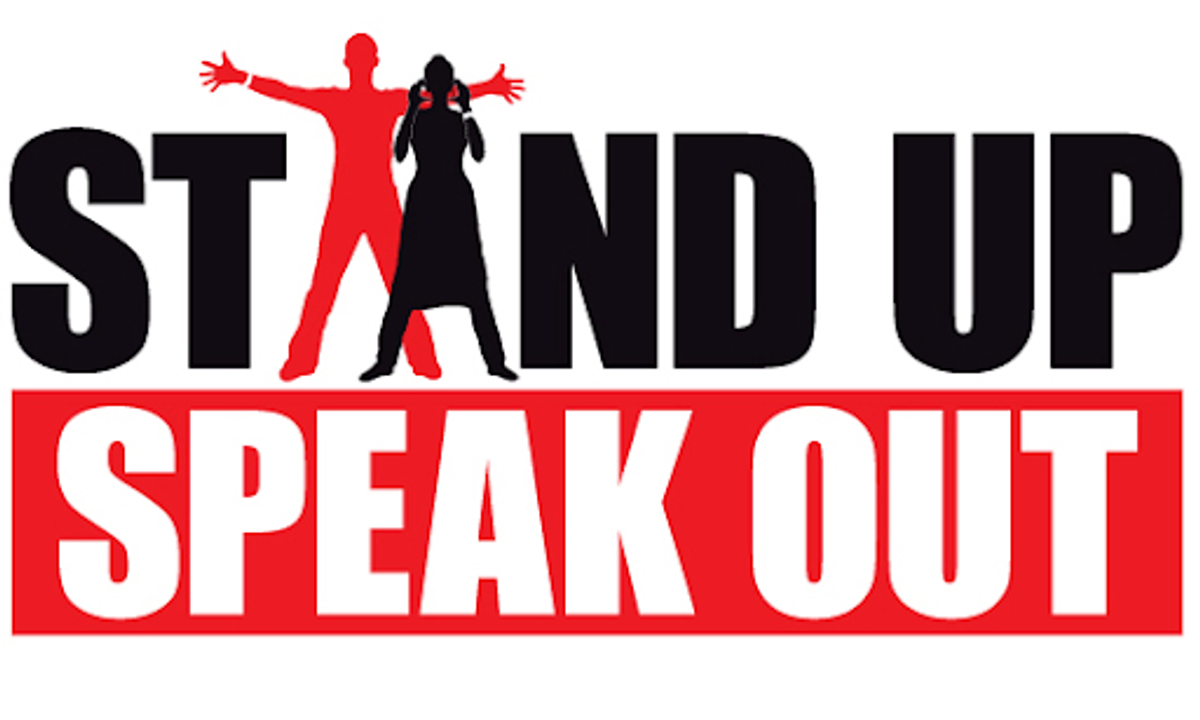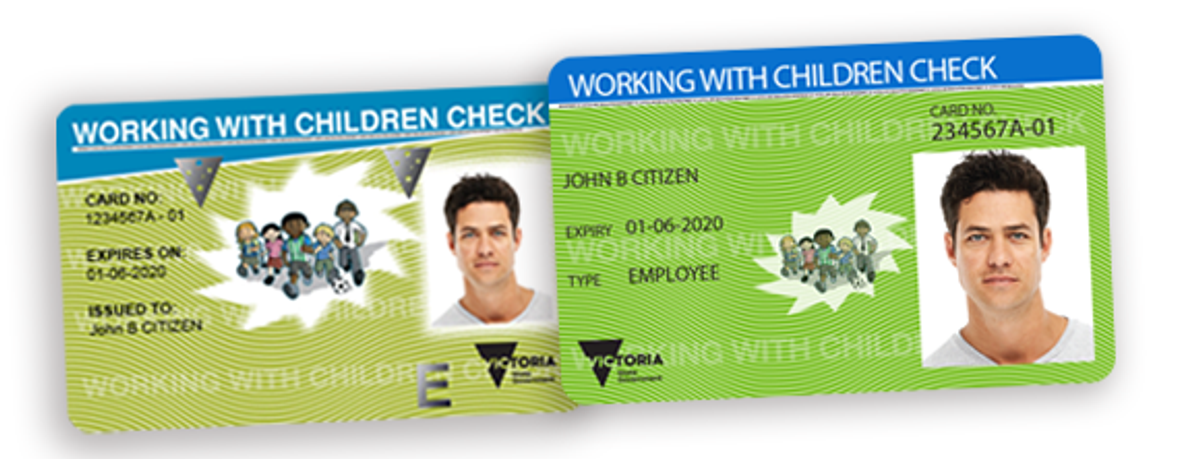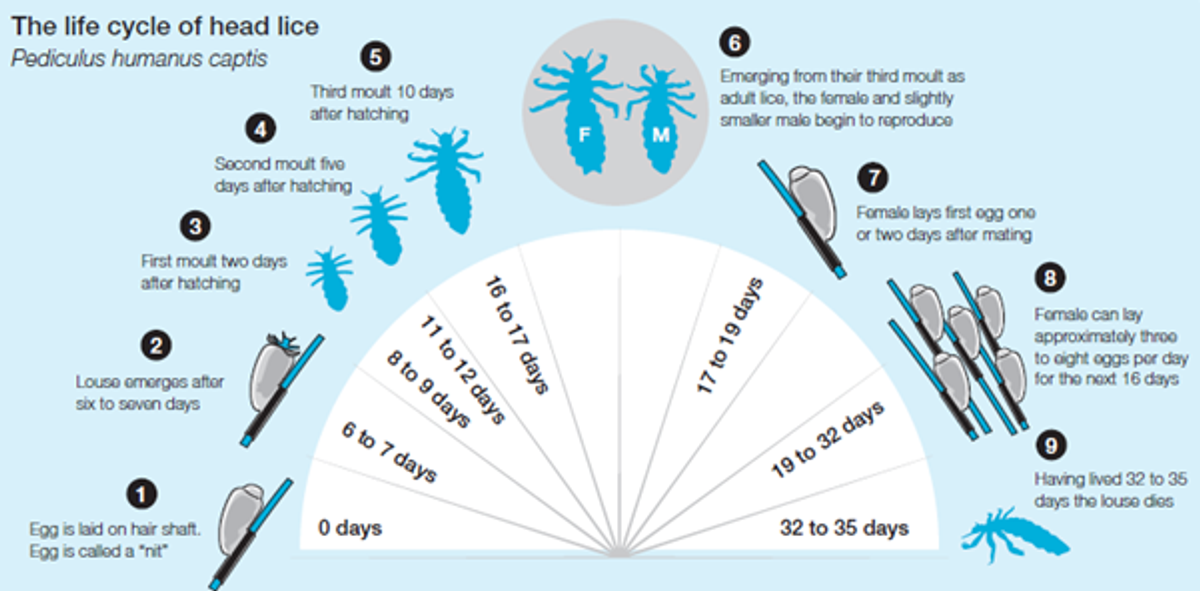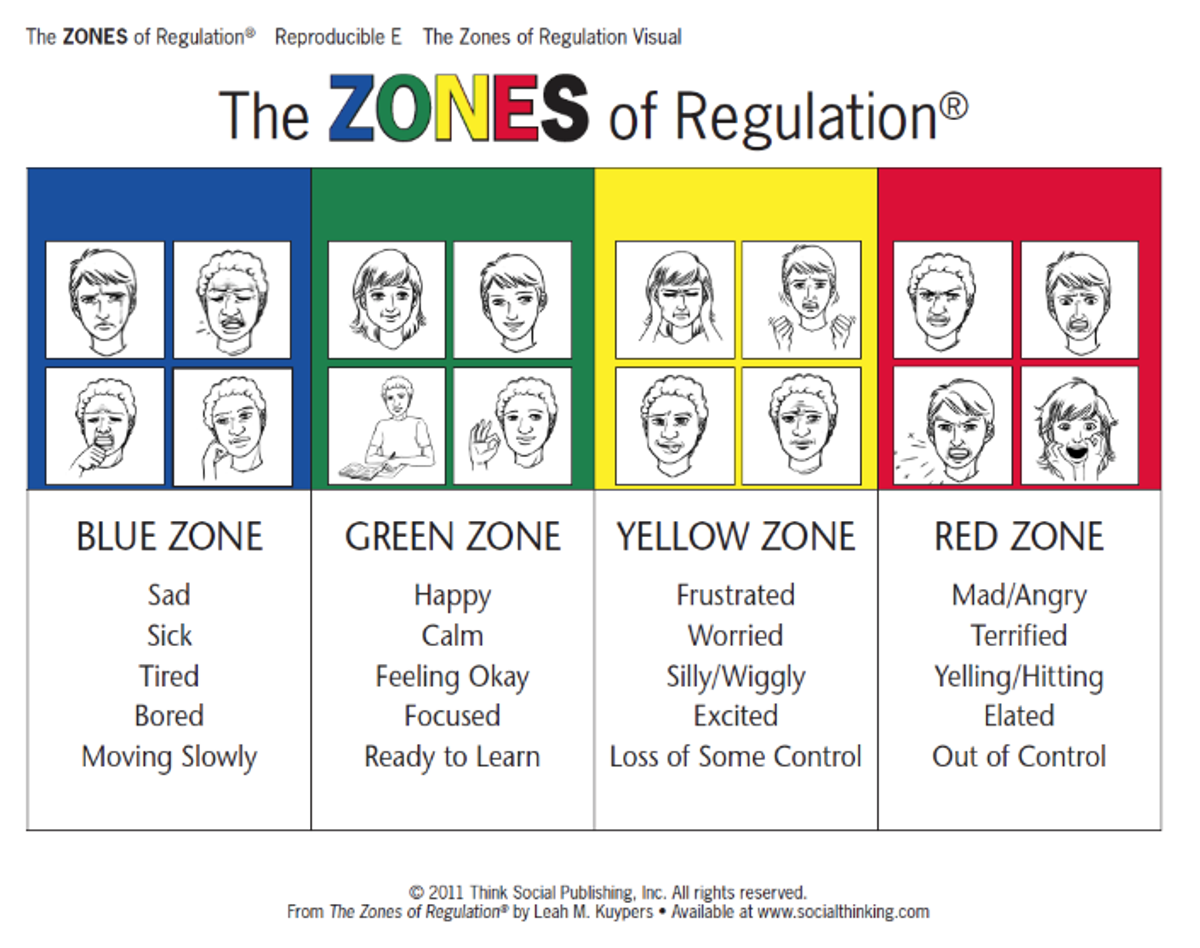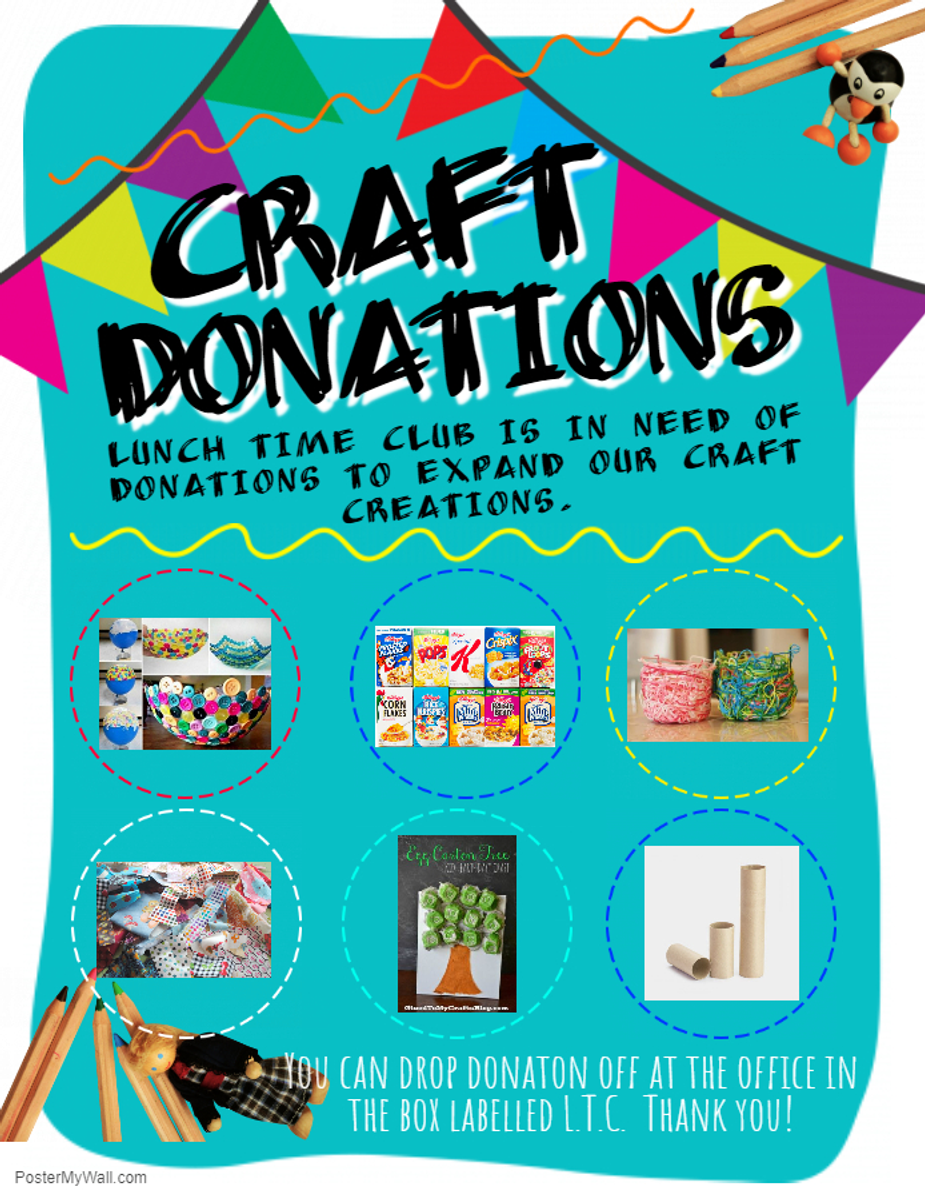Engagement and Wellbeing
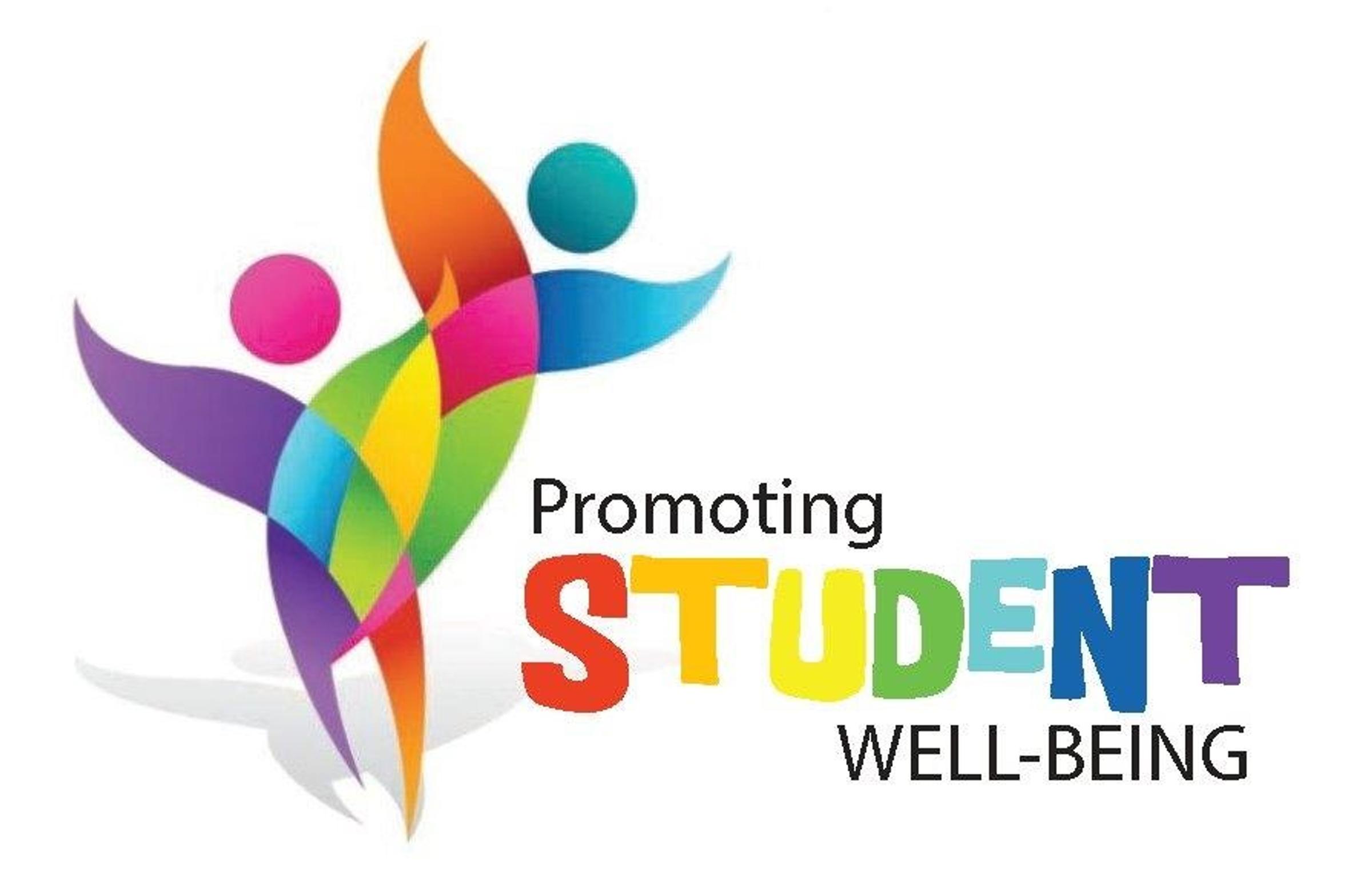
Social Surveys - Understanding Social Dynamics and Supporting Children with Change
This week we are asking our students in years 1-6 to participate in a class social survey. The purpose of this survey is to provide a safe (anonymous) space for students who may not necessarily speak up about about someone who is making life difficult for them, to do so.
Once complete, teachers then collate the results and work with identified students to improve their behaviour and work to reduce the negative impact that it can have on other students. Ultimately we want positive social interactions between all students.
If your child has been having difficulties with another child at our school, please encourage them to speak out by letting us know at any stage including during the survey mentioned above.
Working With Children’s Check (WWCC) - For Parents Attending Camps and Excursions
Parents are reminded that it is school policy that all accompanying adults on camps and excursions must have a an in-date Working With Children Check (WWCC). Parents can apply for a WWCC, renew (they are current for 5 years) or check their existing status by clicking on the following link http://www.workingwithchildren.vic.gov.au/ . Voluntary WWCC do not incur a cost.
Head lice: Treating and Controlling Guide for Parents
While children are at school many families will come into contact with head lice. Whilst almost a normal part of a child’s time at school, they are frustrating and require careful treatment to eradicate.
In this article, we wanted to clarify the school’s approach to dealing with head lice and how parents can support their children to minimize the risk of them spreading further.
Ultimately, the responsibility for detecting and treating head lice rests with parents who can regularly spend close contact time with their child to inspect and detect. Whilst we often get the comment, “They must have caught them from school”, we understand the likelihood of this and have procedures in working with families to eradicate them from various clusters around the school.
Our school has a has a referral service where we support our kids (who have consent) to have their hair checked and then provide families with feedback as to any suspected infestations. Our current process is that whereby a child is suspected or a family has disclosed that a child has head lice, we will organise for head lice checks for that classroom and group of students. From there, each child who has consent, will be inspected and a note will go home explaining that head lice were suspected in the child’s class and that we seek home support to further check hair.
Whilst we cannot guarantee complete immunity to head lice, we do try to minimise infestations from spreading through regular notices to class groups via Compass and follow up with families.
Should your child get head lice, please let the office staff know as soon as possible so that we can start our procedures.
We also encourage everyone to read the attached guidelines carefully to ensure a thorough treatment process is followed that may dispel some past assumptions. It is also suggested to re-treat your child’s hair 7 days after any initial treatment as this will ensure that any eggs which have hatched and produce further live lice, will be accounted for.
To access the guidelines, please visit:
https://www2.health.vic.gov.au/Api/downloadmedia/%7BE9F66368-57D9-4410-AACB-6E10ED4CD182%7D
Mindfulness To Boost Emotional Regulation and Wellbeing
As a large focus for our school is to support the kids in developing their emotional and self-awareness, we implement daily mindfulness in each class for 10 minutes after lunch.
We know that research shows that mindfulness, through regular participation in a program such as Smiling Minds, can assist students to improve:
Sleep quality
Concentration levels
Student safety
Ability to manage emotions
Classroom environments through less disruptions
School climate by reducing the amount of bullying.
As we have wandered around the rooms in the past couple of weeks, it has been great to hear teachers and students discussing the benefits of mindfulness and also that the kids reporting that their bodies feel ‘calm’ and ‘relaxed’. Hopefully, this will also transfer to home and parents will be able to see the benefit also.
If you would like to support your child with mindfulness to help them stop overthinking or worrying, please visit:
https://www.smilingmind.com.au/parent-resource
Anxiety and Resilience Bookings Closing Soon!
In our past newsletters we have publicised an upcoming presentation to our community about Turning Anxiety into Resilience by Michael Grose and Jodi Richardson.
Please note that bookings will soon be open to other schools in the area and as there is limited ticketing, we ask that you book your seats by this Thursday (9am). At that point, tickets for Buninyong will close and other families may book in.
Below are the details of the event for your reference:
Details of the event:
Date: February 26
Time: 6-8pm
Location: School Gym
Cost: Free for families of Buninyong PS and Buninyong Kinder
Booking: To assist with our organisation, please book your tickets via
Zones of regulation strengthen student ability to manage emotions
Last year our school began exploring the Zones of Regulation curriculum which is aimed at educating our kids on how to understand their emotions (and regulate these with success). It’s pleasing to report, that these small trials showed a significant improvement in those who took part and we have decided to implement this across the whole school.
As the year unfolds, please take the time to talk to your kids about the Zones and we’re confident we will have a large proportion of our students managing their emotions effectively to improve their general wellbeing.
What are the Zones?
The Zones is a systematic, cognitive behavioural approach used to teach self-regulation by categorizing all the different ways we feel and states of alertness we experience into four concrete colored zones. The Zones framework provides strategies to teach students to become more aware of and independent in controlling their emotions and impulses, manage their sensory needs, and improve their ability to problem solve conflicts.
The Red Zone is used to describe extremely heightened states of alertness and intense emotions. A person may be elated or experiencing anger, rage, explosive behavior, devastation, or terror when in the Red Zone.The Yellow Zone is also used to describe a heightened state of alertness and elevated emotions, however one has more control when they are in the Yellow Zone. A person may be experiencing stress, frustration, anxiety, excitement, silliness, the wiggles, or nervousness when in the Yellow Zone.The Green Zone is used to describe a calm state of alertness. A person may be described as happy, focused, content, or ready to learn when in the Green Zone. This is the zone where optimal learning occurs.The Blue Zone is used to describe low states of alertness and down feelings such as when one feels sad, tired, sick, or bored. The Zones can be compared to traffic signs. When given a green light or in the Green Zone, one is “good to go”. A yellow sign means be aware or take caution, which applies to the Yellow Zone. A red light or stop sign means stop, and when one is the Red Zone this often is the case. The Blue Zone can be compared to the rest area signs where one goes to rest or re-energize. All of the zones are natural to experience, but the framework focuses on teaching students how to recognize and manage their Zone based on the environment and its demands and the people around them. For example, when playing on the playground or in an active/competitive game, students are often experiencing a heightened internal state such as silliness or excitement and are in the Yellow Zone, but it may not need to be managed. However, if the environment is changed to the library where there are different expectations than the playground, students may still be in the Yellow Zone but have to manage it differently so their behavior meets the expectations of the library setting.
What do the Zones look like?
Anaphylaxis plans and management meetings
Over the next couple of weeks, our administration team will be holding meetings with relevant families to discuss the management of their child’s anaphylaxis and context. Whilst our school has a strong culture of managing anaphylaxis and plans are already in place, we like to review each child’s needs on an annual basis to ensure the partnership between home and school is aligned to support the safety of each of our students.
Please note: As part of our school’s Anaphylaxis policy, each student that is at risk of anaphylaxis, is required to have:
a current ASCIA action plan signed by a doctor (Have you sent yours to Mel in the office yet?)
an Individual Anaphylaxis Management Plan (different to the one above and school-based)
an in-date adrenaline auto-injector
Also, it is around this time, where we often get queries as to whether or not we are a nut-free school. To answer this… Our school operates in accordance with the Royal Children’s recommendations around supporting students to develop the capacity to learn how to live with anaphylaxis in a real-life situation and hence we are not a nut-free school. We do however work closely with families to scaffold the learning involved in this process and may have nut-free classrooms and other risk minimisation strategies in place. We appreciate the support of those classrooms (often early years classrooms) in supporting our strategies as the littlies begin to learn more about the management of anaphylaxis.
Asthma Plans (Please ensure your child’s Asthma plan is in date)
Our school is also requesting that those families who have students at risk of Asthma, to please provide a current (2019) Asthma Action Plan from Asthma Victoria as soon as possible (in line with our school’s Asthma policy). If you have indicated that Asthma is a medical condition on your child’s enrolment, please expect to receive some correspondence soon as to ensure all of your child’s medication and plan is in date.
Did you know?
That allergies to rye grass can make people susceptible to thunderstorm asthma? If you would like to have your child tested for asthma and allergies, you can do so by contacting UFS Bridge Mall and asking for a bulk-billed asthma allergy test.
If you are unsure of your child’s current plan and its expiry, please contact Mel in the office who can advise if you need to make any changes.

